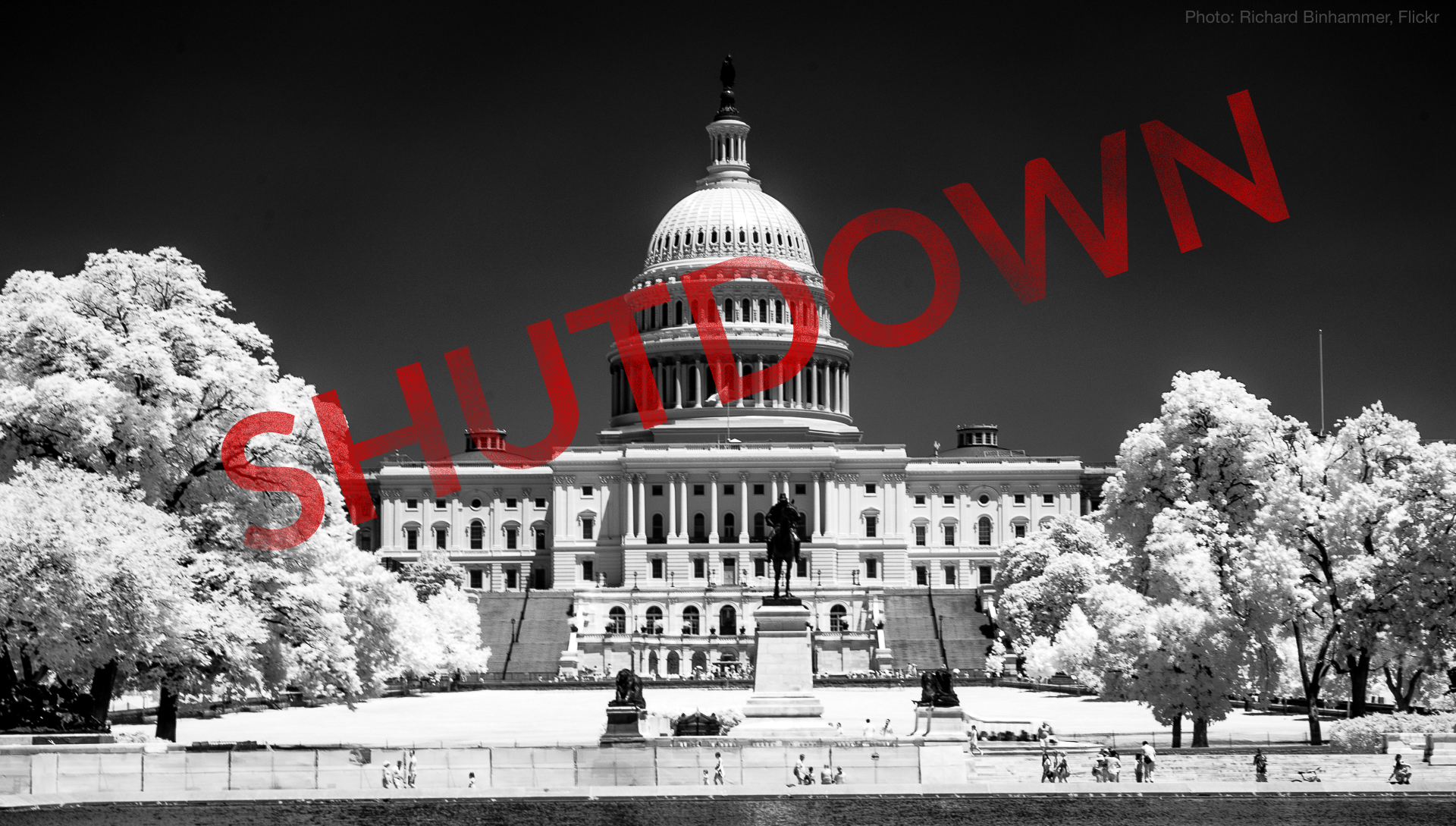Government shutdown previewed a future without federal transit funding
 With federal employees at the Federal Transit Administration furloughed during the recent record-length shutdown, transit funding wasn’t being distributed and grant/loan programs ground to a halt. New projects were further delayed and transit providers were faced with hard choices about service cuts, showing the vital importance of federal funding for transit.
With federal employees at the Federal Transit Administration furloughed during the recent record-length shutdown, transit funding wasn’t being distributed and grant/loan programs ground to a halt. New projects were further delayed and transit providers were faced with hard choices about service cuts, showing the vital importance of federal funding for transit.
Since taking office, the Trump administration has been hostile to federal transit funding. The president’s first and second budget requests both called for eliminating critical programs that provide funding to transit—the competitive TIGER program, Capital Investment Grants (CIG) for building new transit and funding major improvements, and intercity passenger rail funding.
Taken to the extreme, eliminating federal transit funding would require shuttering or at least crippling the Federal Transit Administration (FTA) which awards transit grants and ongoing funding. While such a radical position would almost certainly never pass Congress, it has been analyzed by the Congressional Budget Office as a possible deficit reduction strategy. And last month, we got a preview of a future without federal transit funding when staff at the Federal Transit Administration were furloughed for over a month.
The FTA doles out approximately $250 million a week in payments and reimbursements to local providers and state governments to support transit—payments that halted during the shutdown. After a 35-day shut down, there is a backlog of about $1 billion. Although the government has been reopened it will likely be months before the staff at FTA are able to clear this backlog. (Similar federal payments to states for road-related funding through the Federal Highway Administration were not interrupted because FHWA staff positions funded by the Highway Trust Fund were not furloughed.)
In many communities—particularly smaller and more rural ones—the local transit system watched as an approaching fiscal cliff left them with little option but to cut routes or shutter the system without federal funding. As Politico noted, “The government shutdown is pushing some of the nation’s small, midsize and rural transit systems to an existential crisis, prompting bus agencies to scale back service, prepare for furloughs, or even contemplate closing their doors entirely.”
In the Wilmington, NC area—still recovering from Hurricane Florence last September—Wave Transit faced service cuts and construction projects were suspended. In Frederick County, MD, TransIT Services was faced with a similar dilemma. In Arizona, at least 27 rural transit providers that offer critical lifelines to residents were left high and dry without federal funding; the prospect of shuttering entirely was a possibility for some transit providers. And in Missouri, OATS Transit wasn’t facing a future service reduction; it reduced service to stretch its emergency funds for as long as possible during the shutdown. The Community Transportation Association of America (CTAA) has more on the specific impacts for many of those communities.
Some states with the means were able to throw a lifeline to local transit systems by deploying available funding to cover the sudden evaporation of federal funding. But with some federal transit funding already slowed down over the last year, states wouldn’t be able to pick up the slack indefinitely.
For example, the construction of the final leg of the Purple line extension in Los Angeles—which is home to the third largest public transit service by ridership in the country—was impacted by the shutdown as low-interest loans and grants (which would be eliminated if the Trump administration had its way) were held up. And LA Metro had already been waiting for months for a final funding agreement with the FTA for the extension—an agreement that FTA could have signed already—which could not be advanced or signed during the shutdown.
Was this mess totally avoidable? FTA announced LA was ready for their grant agreement last year and *allocated* dollars for it, but that FTA was going to wait until 2019 to sign it. Seems like FTA could have avoided this shutdown-related delay. https://t.co/JdBhtTQZYq
— Transportation for America (@T4America) January 25, 2019
Federal transit funding is critical
Transit is critical to the economies of communities large and small, urban and rural. If residents can’t get to work without transit, then it’s awfully hard to grow a strong local economy. And it’s impossible to build a strong national economy on the backs of weak local economies. Federal transit funding is vital for making this possible.
Furthermore, the construction and maintenance of transit vehicles and facilities supports high-paying, skilled manufacturing jobs across the country. In places like Elkhart, IN and Crookston, MN, the bus and parts manufacturers are a big part of the economy. As we’ve noted, steady federal transit funding is critical to maintain these jobs; they can’t be switched on and off at a whim.
What is clear post-shutdown is that federal funding for transit is critical. This shutdown was a test drive down a path without such funding and that isn’t a future worth pursuing.



















